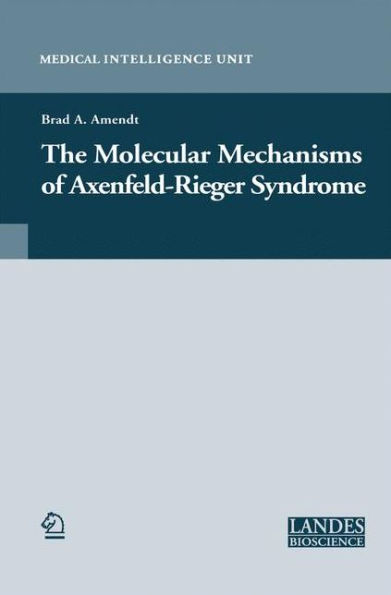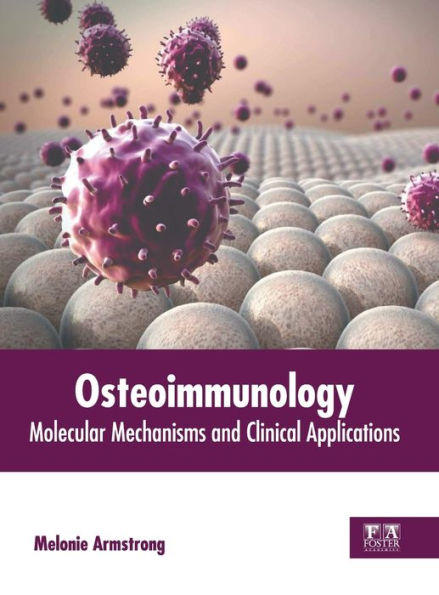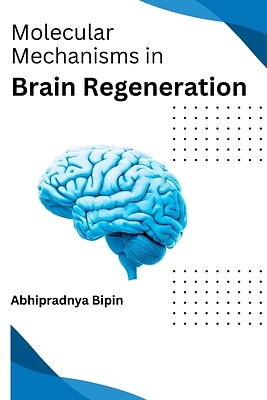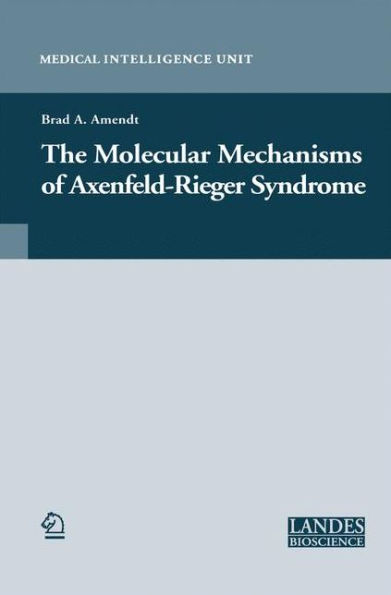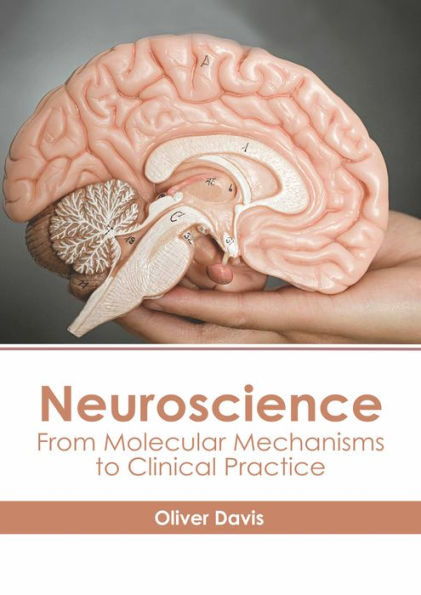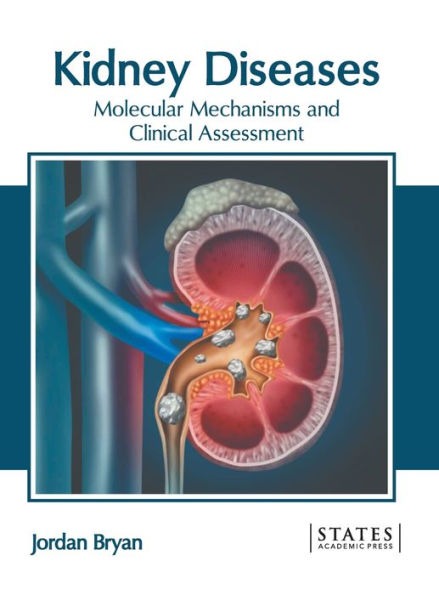Home
Cardiac Remodeling: Molecular Mechanisms
Loading Inventory...
Barnes and Noble
Cardiac Remodeling: Molecular Mechanisms
Current price: $169.99
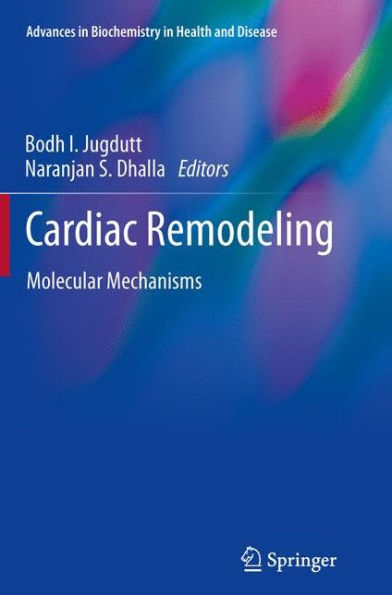

Barnes and Noble
Cardiac Remodeling: Molecular Mechanisms
Current price: $169.99
Loading Inventory...
Size: OS
*Product Information may vary - to confirm product availability, pricing, and additional information please contact Barnes and Noble
The main objective of
Cardiac Remodeling: Molecular Mechanisms
is to summarize the major research advances in molecular, biochemical and translational aspects of cardiac remodeling over the last 2 to 3 decades under one cover and touch on future directions. It provides a high profile and valuable publication resource on molecular mechanisms of cardiac remodeling for both the present and future generations of researchers, teachers, students and trainees. This book should stimulate future translational research targeted towards discovery and development for preventing, limiting and reversing bad remodeling over the next few decades, with the ultimate goal of preventing progression to systolic and/or diastolic heart failure. The chapters suggest potential novel strategies that should receive attention for translating basic research knowledge to application in patients at the bedside.
Cardiac Remodeling: Molecular Mechanisms
is to summarize the major research advances in molecular, biochemical and translational aspects of cardiac remodeling over the last 2 to 3 decades under one cover and touch on future directions. It provides a high profile and valuable publication resource on molecular mechanisms of cardiac remodeling for both the present and future generations of researchers, teachers, students and trainees. This book should stimulate future translational research targeted towards discovery and development for preventing, limiting and reversing bad remodeling over the next few decades, with the ultimate goal of preventing progression to systolic and/or diastolic heart failure. The chapters suggest potential novel strategies that should receive attention for translating basic research knowledge to application in patients at the bedside.

